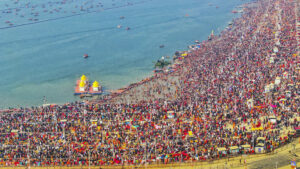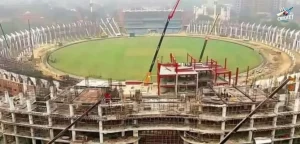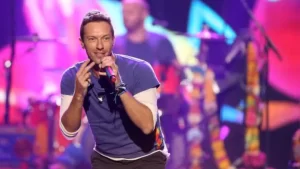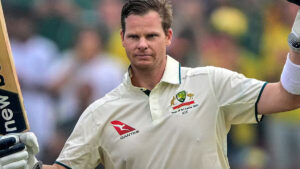
Deepawali, an annual autumn festival of lights falling on the darkest night of the Hindi month Kartik coinciding with English October-November has to do more with science and environment.
Apart from the festival speaking about Indian spiritualism, Hindu religion and community life, it seeks to make our houses and surroundings fit to live in concerning sanitation and cleanliness In cyclical nature, what comes after the rainy season is the good of autumn which, however, inherits a plethora of wastes and weeds breeding flies, insects and reptiles.
All these somehow pose a threat to human inhabitation. Deepawali is so designed as to steer clear of all of them and make our habitation disease-free and worth living. India is a land of spiritualism where the Deepawali is celebrated with the divine concept of victory of light over darkness, good over evil and knowledge over ignorance. In this light, it stands to reason that there should be no room for pyrotechnics, firecrackers and other explosives during the festivity.
“Moreover, setting off firecrackers had not been a part of Indian culture, civilization and tradition of celebrations. It is the commercialization and globalization of firecrackers which has made inroads into India, hitting hard the country’s philosophy, ethos and rituals. Until India was invaded, the country had no knowledge of gunpowder used in fireworks which were though invented in China where the cultural practice was to scare and drive away evil spirits during their cultural events and festivals.
The credit or discredit goes to Babur who brought gunpowder in India. The use of black powder gave Mughals technical advantage in terms of weapons.
Fireworks containing an explosive mixture of potassium nitrate, charcoal and sulphur with typical proportions of 75:15:10 are now used for aesthetic and entertainment purposes in the country.
Deepawali, a row of lights celebrated after the eighteen days after Dussehra, a ten daylong celebration. What follows the next is Chhath wherein the surrounding of a water body like a pond, a river as the Yamuna in Delhi and the Ganga in Patna is cleaned and a prayer is offered to the Sun God at the stroke of sundown and sunup.
Given the pollution level of Delhi and National Capital Region (NCR), the Supreme Court of India rightly passed an order to curb the use of firecrackers for the betterment of citizens’ life.
Moreover, untoward incidences of people burning their hands and bodies because of celebratory fireworks have been sordid reports every year wherein children have been the worst victims.
The tradition of celebrating Hukkaloli on Deepawali Day has been very specific natural in Mithila, a part of Bihar where Goddess Sita was incarnated in treta, one of the four epochs. The festival of lights, not firecrackers has been in tradition since the era of Lord Ram.






